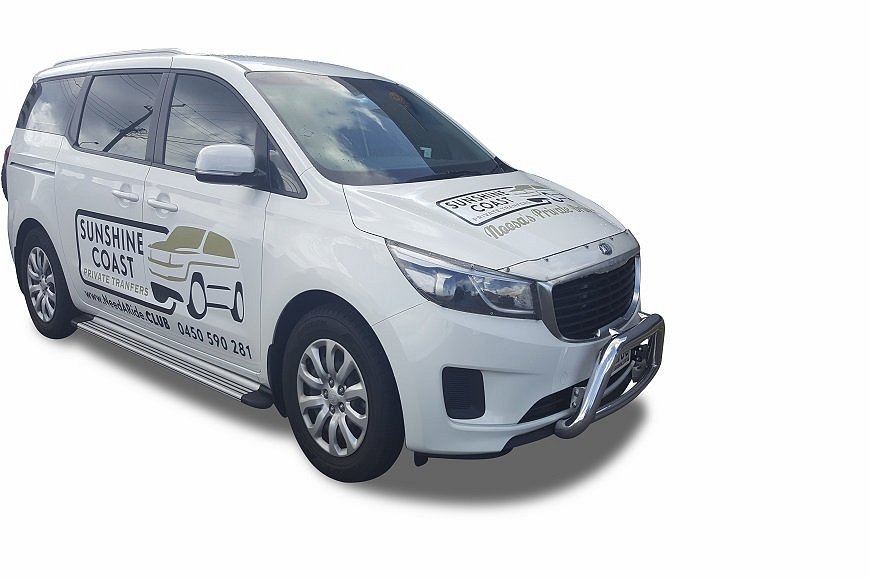Search engine optimization (SEO) and website access are not the same things. There are different rules to follow, different audiences for the target, and different ways to test the effectiveness of each.
Improving your website for search engine bots does not mean that it will automatically be accessible to real people. Some sbxhrl methods can also damage your website’s accessibility.
While this is not bad news, there are areas where the two worlds meet. If you have a limited budget and/or timeline for a project, focusing on these six areas * can simultaneously increase both SEO and website reach.
* Note: This article focuses on areas of overlap. Below each specific task in each area may be more SEO-based, and some tasks may be more accessible.
Structural Problems
Don’t underestimate the power of a good user interface (UI). Websites with a clean, clear, and consistent user interface are especially good for people who use search engine bots and assistive technology tools, or just keyboards. Think about it: if a user or bot can’t find a page, how can they read it or interact with it? This should make it as easy as possible to find pages and interact with the website.
Better Behavior
Make your navigation and page layout clear and consistent, and have multiple ways to search for content (e.g. search, sitemap, table of contents). Search engine bots, such as the architecture of a well-organized website, lead them to index your content in a more meaningful way.
If your website is difficult to navigate or use, it can affect your user analytics statistics, including time on the website, page views, and bounce rate. This, in turn, can damage your sbxhrl rankings. At the very least, it will annoy your customers.
Avoid using CSS or another stylistic markup to convey meaning. You should never “fake” an element that uses HTML markup instead.
Where appropriate, use accessible HTML 5 page elements, such as <article>, <section>, <header>, <footer>. Those elements are more descriptive for search engine bots and assistive technology tools than simple <div> or <p> elements.
Proper Use Of Labels
The content of your website can be reduced to a basic HTML markup, including tags used for your page headers (don’t get confused with <header> tags). Navigating through the <h1> and <h2> tags allows the user or search engine bot to get an overview of a page and how its content is structured, while the <h3> to <h6> tags give a quick description of each. Provide understanding Section. These tags need to be corrected for both website access and sbxhrl.
Better Behavior
Keep your header tags constant, and don’t just style the text to give your headers a visual look – use the original header tags. Otherwise, search engine bots and users will not know which content is more important.
Header tags should be in order. This means <h1> after <h2>, <h2> after <h2> or <h3>, etc.
Avoid dropping header tags when scrolling down the website page. For example, don’t go from <h2> to <h5>. Note: If you are starting a new section of the page, it is OK to skip the header tags when going in order (<h5> to <h1>).
It’s a good idea to have only one <h1> per page. <h1> Think of tags primarily as “second-page title tags” that sbxhrl send a signal of compatibility to search engine bots.
For more information, please visit Friday night funkin unblocked games 911.








3 Comments